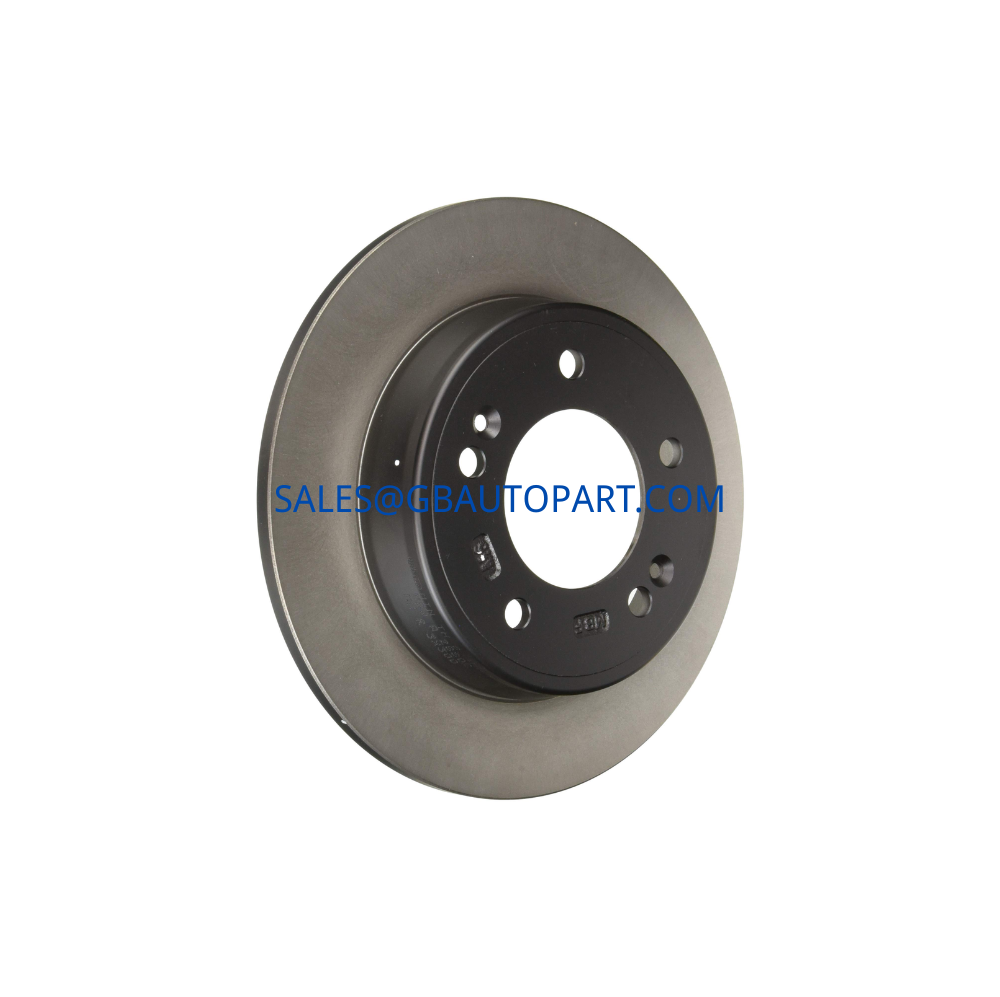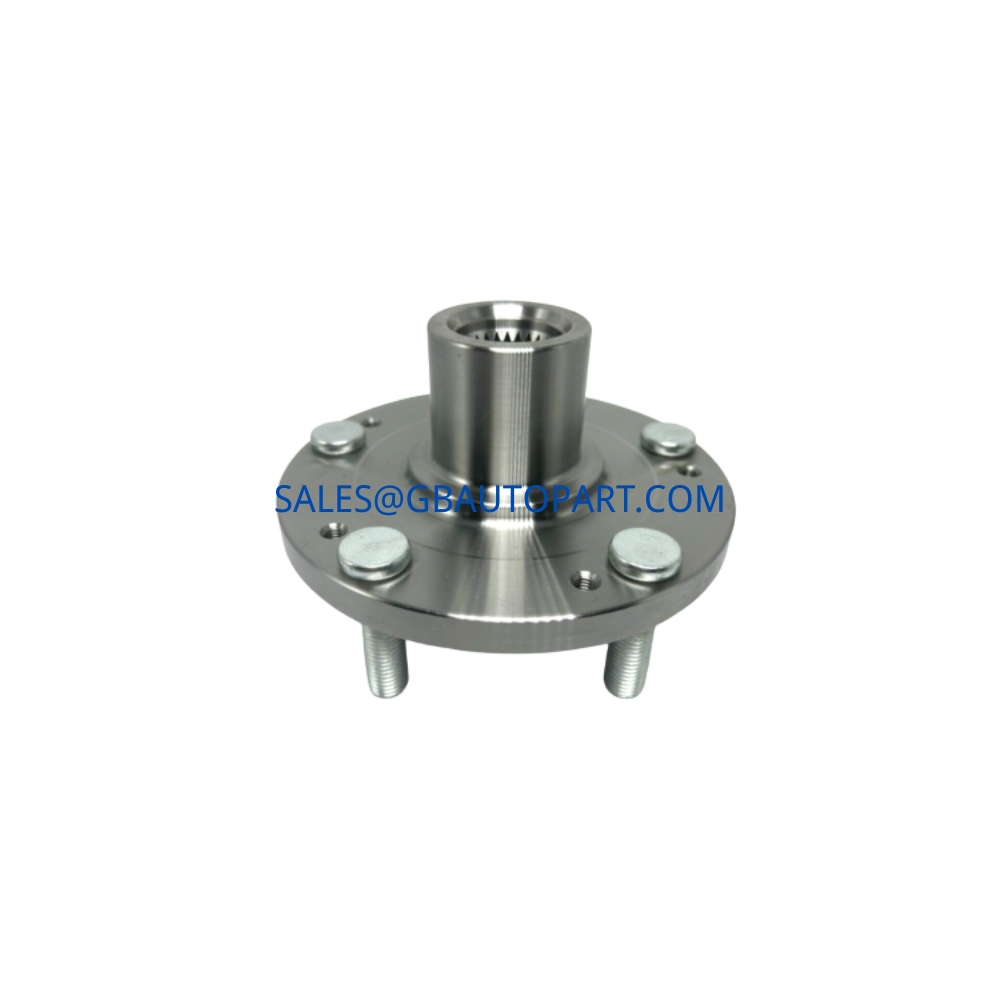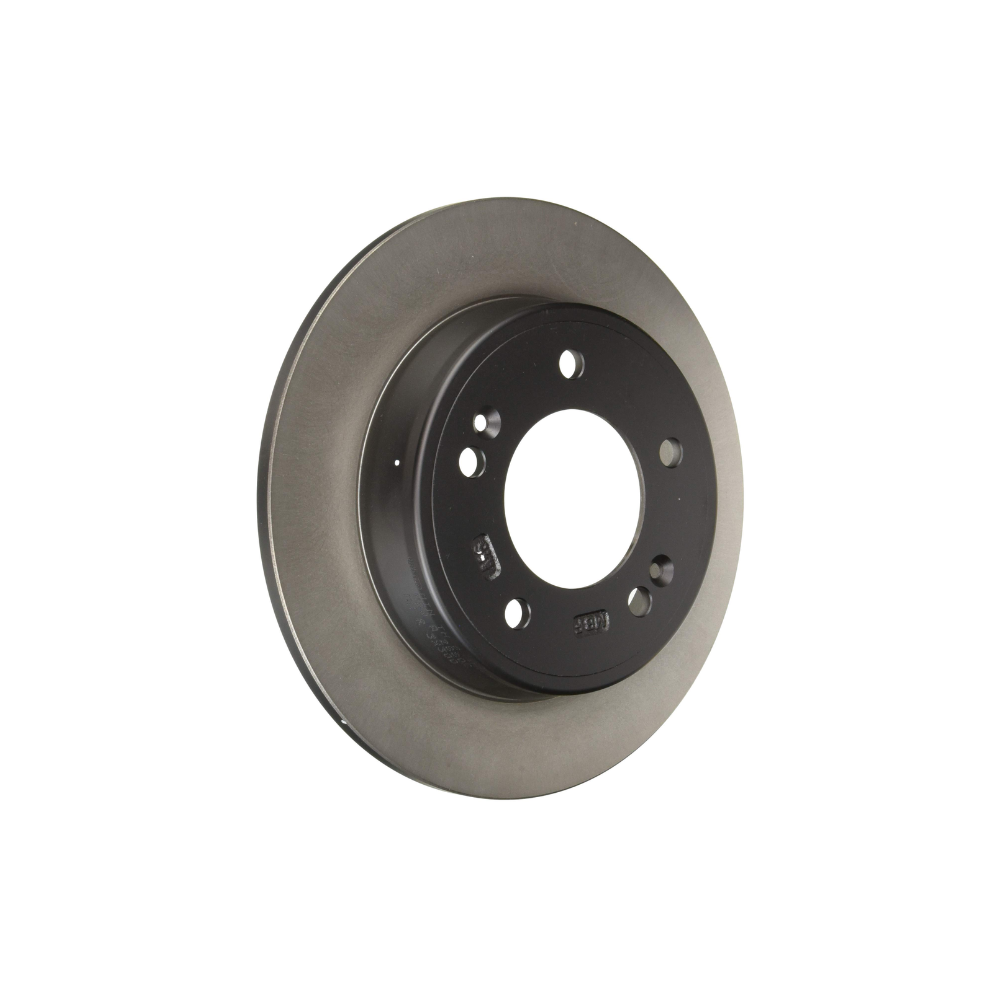
Your vehicle’s braking system is arguably its most critical safety feature. While many drivers understand the importance of functional brakes, few know the individual brake parts that work together to bring a car to a safe stop. Whether you’re a new driver or a seasoned car owner, a deeper understanding of these components not only promotes road safety but also empowers you to make informed maintenance decisions. This guide will walk you through the ten most essential brake parts every driver should be familiar with. By learning about these components, you can better monitor your vehicle’s health and ensure a smooth, safe ride for you and your passengers.
The Foundation of Braking: A Closer Look at Core Components

The braking system is a complex network that transforms kinetic energy into thermal energy, ultimately stopping the vehicle’s wheels. This process relies on the precise interaction of several key brake parts. A failure in any one of these can compromise the entire system, highlighting why routine inspection and maintenance are so vital.
1. Brake Pads
Brake pads are friction-producing components that press against the brake rotors to slow or stop the vehicle. They are one of the most frequently replaced brake parts due to constant wear. Made from various materials—from organic compounds to semi-metallic and ceramic blends—the type of brake pad you choose affects braking performance, noise, and longevity. Ceramic pads, for instance, are known for their quiet operation and low dust, while semi-metallic pads offer excellent heat dissipation and stopping power. Monitoring the thickness of your brake pads is a fundamental step in proactive car maintenance.
2. Brake Rotors (Discs)
Also known as brake discs, brake rotors are large, circular metal plates attached to the wheels. When the driver applies the brake pedal, the brake pads clamp down on the rotors, creating the friction necessary to stop the wheel’s rotation. Rotors can be solid or vented. Vented rotors feature internal channels that help dissipate heat more effectively, which is crucial for preventing brake fade during heavy use. Over time, rotors can develop grooves or warp from excessive heat, leading to vibrations and reduced braking efficiency.
3. Brake Calipers
The brake caliper is the part of the braking system that houses the brake pads and pistons. It acts like a clamp, squeezing the brake pads against the rotors. When you press the brake pedal, hydraulic fluid pressure forces the caliper’s pistons outward, causing the pads to engage the rotor. Calipers can be either floating (single-piston) or fixed (multi-piston). Floating calipers slide to engage both sides of the rotor, whereas fixed calipers have pistons on both sides, providing more even pressure. Ensuring your calipers are in good working order is essential for consistent and reliable braking performance.
4. Brake Fluid
Brake fluid is the hydraulic liquid that transmits force from the brake pedal to the brake calipers and wheel cylinders. When you press the pedal, this fluid is compressed and pushes the pistons, creating the clamping force needed to stop the car. Because brake fluid is hygroscopic—meaning it absorbs moisture from the air—it can become contaminated over time. This moisture can lower the fluid’s boiling point, leading to vapor lock and a spongy pedal feel. For this reason, regular brake fluid flushes are a critical part of maintaining the system’s integrity.

The System’s Supporting Cast: Components that Ensure Performance
While the core components do the heavy lifting, several other brake parts play crucial supporting roles. Each of these components contributes to the system’s overall responsiveness, safety, and longevity.
5. Brake Master Cylinder
The brake master cylinder is the heart of the hydraulic braking system. When you press the brake pedal, it pressurizes the brake fluid, distributing it to the brake lines and, eventually, the calipers. Modern master cylinders are typically dual-chamber, providing a critical safety feature: if one chamber fails, the other can still supply pressure to a portion of the braking system, allowing the driver to stop the vehicle. This redundancy is a key reason why vehicle braking systems are so reliable.
6. Brake Lines and Hoses
Brake lines are the steel tubes and flexible rubber hoses that carry the pressurized brake fluid from the master cylinder to each wheel. The rigid steel lines run along the vehicle’s chassis, while flexible hoses connect the lines to the moving brake calipers. Because these hoses are subject to constant flexing and exposure to the elements, they can develop cracks or leaks over time. A leaking brake line can lead to a complete loss of hydraulic pressure, making them a vital part to inspect regularly for signs of wear.
7. Wheel Speed Sensors
Found in vehicles equipped with an Anti-lock Braking System (ABS), wheel speed sensors continuously monitor the rotational speed of each wheel. These sensors send signals to the ABS control module. If a wheel begins to lock up during hard braking, the ABS module uses this information to rapidly pulse the brake pressure, preventing the wheel from skidding and allowing the driver to maintain steering control. This is a significant safety advancement and a key reason why modern cars can stop more predictably on slippery surfaces.
8. ABS Control Module
The ABS control module is the “brain” of the anti-lock braking system. It processes the data from the wheel speed sensors and, if it detects an impending wheel lock-up, it modulates the brake pressure to each individual wheel. By pulsing the brakes at a rapid rate, the module keeps the wheels rotating just enough to maintain traction. This allows the driver to steer the vehicle while braking heavily. The ABS control module is an advanced piece of technology that drastically improves vehicle stability and safety during emergency stops.
9. Brake Pedal and Booster
The brake pedal is the driver’s direct interface with the braking system. When the driver presses the pedal, a vacuum-powered brake booster multiplies that force. The booster reduces the effort required to apply the brakes, making it easier for the driver to stop the car. Without the booster, pressing the pedal would require significantly more leg strength. A hissing sound when you press the brake pedal is a common sign of a failing brake booster.
10. Parking Brake (Emergency Brake)
The parking brake, also known as the emergency brake, is a separate mechanical system designed to hold the vehicle stationary when parked. Unlike the main hydraulic system, it typically uses cables to apply tension to the rear wheels, preventing them from rolling. While modern vehicles may have electronic parking brakes, their fundamental purpose remains the same. It’s a critical safety feature for parking on inclines and a vital backup in the rare event of a main brake system failure.
Conclusion
Understanding these ten essential brake parts is crucial for every vehicle owner. Your car’s braking system is a complex and highly engineered assembly designed to keep you safe. By recognizing the function of each component, you can better understand the need for regular maintenance and respond appropriately to any signs of wear or malfunction. Regular inspections of your brake pads, rotors, and fluid, along with attention to any unusual sounds or pedal feel, can prevent costly repairs and, more importantly, ensure your safety on the road.
FAQs About Brake Parts
Q1: How often should I replace my brake pads? A: This depends heavily on your driving habits and the type of brake pads you have. Generally, brake pads last between 30,000 to 70,000 miles. It’s best to have them inspected during every oil change.
Q2: What is the difference between disc brakes and drum brakes? A: Disc brakes use a caliper to squeeze brake pads against a rotor, while drum brakes use brake shoes that push against the inside of a spinning drum. Disc brakes are generally more effective and are used on the front wheels of most modern vehicles.
Q3: Why do my brakes make a squealing or grinding noise? A: A high-pitched squeal often indicates that your brake pads are worn and need to be replaced. A grinding noise, however, suggests that the pads are completely worn down, and the metal backing plate is grinding against the rotor, which can cause significant damage.
Q4: Do I need to replace my brake rotors when I replace the pads? A: Not always. If your rotors are still within the manufacturer’s specified thickness and are not warped, they can often be “resurfaced” or “machined” to provide a smooth surface for the new pads. However, if they are too thin or heavily worn, they should be replaced.


